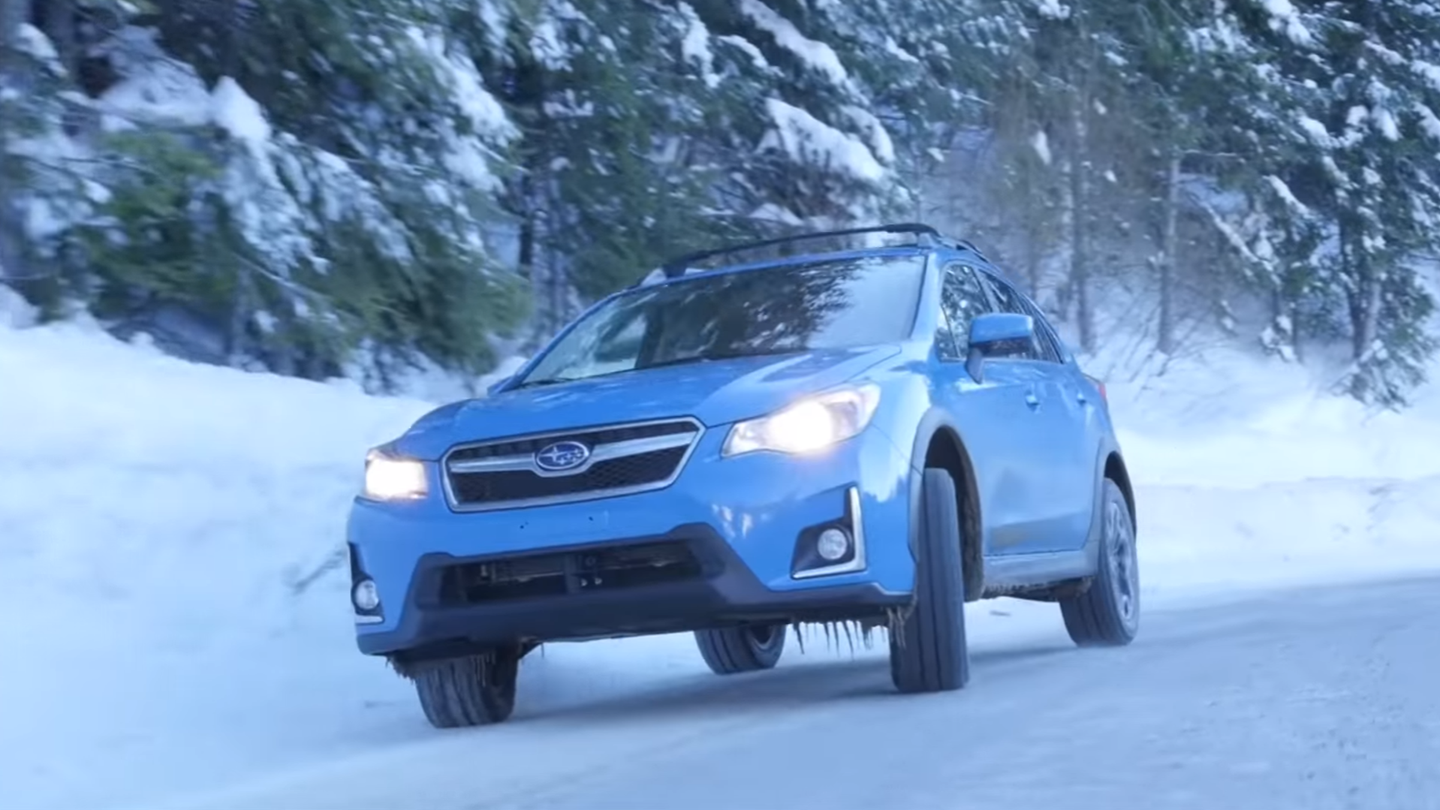Here’s Why You Shouldn’t Use Winter Tires in the Summer
PSA: Seasonally-appropriate tires absolutely make a difference.

We may earn revenue from the products available on this page and participate in affiliate programs. Learn more ›
If there's one underappreciated aspect to getting the most out your car's capabilities, it's having the right tires. Think about it—every other factor that we think of as determining the way a car drives and handles, from the engine to the transmission to the suspension, has to flow through four small patches of rubber. Without proper tires, all the precision engineering in the world won't make a difference in an emergency situation. So even though it can be a hassle to swap them out from season to season, the latest video from Engineering Explained shows exactly why it matters.
In a winter tire, the rubber compound is designed to stay soft at lower temperatures to increase grip on slippery surfaces, and it also features deeper treads and more extensive siping. Conversely, all-season and summer tires will stay firmer even at higher temperatures, but they're specifically designed to perform well in warmer, drier conditions.
So what happens if you get lazy going into the spring and decide not to bother with changing out the winter set for the warmer months? Intuitively, you might think that a softer tire would always offer more grip than a firmer one, even if it might wear out sooner - but is that actually the case?
To find out, Jason Fenske decided to conduct a series of three 60-0 emergency braking tests in his 2016 Subaru Crosstrek on both winter tires (Bridgestone Blizzak WS80) and all-season tires (Yokohama Geolandar G95) on a dry spring day. Both sets were relatively new with under 5,000 miles on them, and both were tested at the same location under identical conditions. The results are pretty hard to dispute:

On the first run, the winter tires were able to stop the Subaru in about 128 feet, while the all-seasons managed 124 feet. On the second run, however, the stopping distance on the Blizzaks jumped to 134 feet, while the Geolandar's second run was still around 124 feet. The third run for both was pretty similar to the second.
What's going on here? Fenske explains that the increased distance on the winter set can't be due to brake fade, as the ABS worked fine through all six runs and the better-performing all-season set was tested after the Blizzaks. His theory is that the rubber compound in winter tires is too soft for warmer conditions and basically sloughs off under heavy braking instead of holding together and providing as much grip as the all-seasons tires. Additionally, the more contoured surface on the Blizzaks allows for greater movement and deformation during an emergency stop, decreasing overall traction.
So if you've been putting off the seasonal changeover, just remember—those ten feet could be the difference between a close call and a collision.
